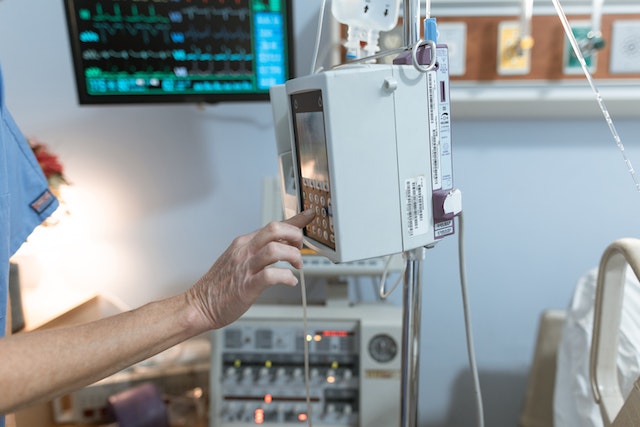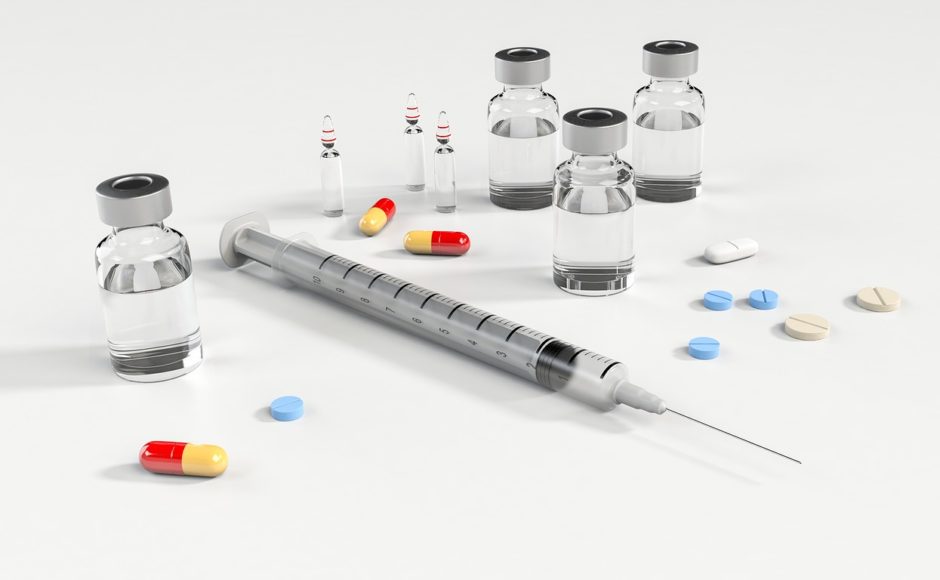Properly managing infusion pumps is essential in any healthcare setting, as these devices play a critical role in delivering life-saving medication to patients. Not only can mistakes lead to dangerous complications or even death, but they can ultimately take up valuable time and resources.
In this blog post, we’ll walk through the best practices for safe use of infusion pumps to ensure that patient care remains a top priority.
We’ll discuss why it’s important to configure them beforehand properly and regularly monitor their performance afterwards, plus explore common pitfalls that healthcare professionals should be aware of when utilizing this vital technology.
Read on for everything you need to know about infusion pump safety!
Purpose of infusion pumps and their importance in patient care.
Infusion pumps are indispensable devices in modern medicine. Their main purpose is to deliver controlled amounts of fluids, such as medication, blood, and nutrients, directly into a patient’s veins. This ensures that the patient receives a precise and constant flow of the substance needed to treat their specific medical condition.
Infusion pumps are especially important in critical care, where even small variations in dosage can have serious consequences. They also allow medical professionals to accurately monitor the patient’s response to treatment and adjust the infusion rate accordingly.
Thanks to the development of these sophisticated machines, patient care has improved dramatically, providing more precise, effective, and personalized treatment.
Best practices for proper usage and maintenance of infusion pumps.
Infusion pumps play a critical role in delivering medications and fluids to patients. However, if not used and maintained properly, these medical devices can pose serious risks to patient safety. Therefore, it’s important to identify the best practices for their usage and maintenance. Proper training, routine cleaning and disinfecting, and regular calibration and testing are paramount to ensuring accurate and reliable performance. In addition, always following manufacturer instructions, promptly reporting malfunctions, and keeping track of maintenance records can help reduce the likelihood of errors and improve patient outcomes.
Handling alarms on infusion pumps correctly
Infusion pumps are vital medical devices that deliver life-saving medications or fluids to patients. However, alarms can sound on these pumps, indicating that there is an issue with the infusion delivery. Handling these alarms correctly is of utmost importance to ensure patient safety. Firstly, healthcare providers must understand the different types of alarms and their meanings and ensure that the pump is functioning properly before starting the infusion. Secondly, they must respond promptly to any alarm, check the patient and pump, and troubleshoot any issues that may be causing the alarm. Finally, it is important to document any actions taken when handling an alarm. By following these procedures, healthcare providers can minimize adverse events and ensure the proper functioning of infusion pumps.
The role of the healthcare staff in ensuring the safe use of infusion pumps.
The use of infusion pumps in healthcare has become commonplace in recent times, and with good reason. These devices have revolutionized the administration of medication and have
saved countless lives as a result. However, more is needed to rely on the pumps’ technology alone. Healthcare staff, including nurses and technicians, play a vital role in ensuring that the infusion pumps are used safely. Their expertise and attention to detail are crucial in preventing errors and ensuring that patients receive the right dosage of medication at the right time. From monitoring the pump’s settings to double-checking medication orders, the healthcare staff is essential to maintaining the safety and effectiveness of these life-saving devices. Utilizing these strategies can greatly improve patient safety and reduce the risk of error associated with managing infusion pumps.
As healthcare providers, it is essential that we prioritize patient safety and take steps to ensure the accuracy of medication administration. Infusion pumps are a critical component in providing quality patient care; without them, many treatments could not be administered promptly or precisely. It is essential that healthcare staff at all levels of the organization understand and follow safety protocols related to the use of infusion pumps.
Not only is it important to ensure that pumps are automated and properly maintained, but also to have established procedures in place for immediately responding to pump alarms. Through comprehensive training on these guidelines, clear communication among clinicians, and high standards for safe product usage, fewer medication errors associated with the management of infusion pumps can be avoided. Ultimately, this will further secure the best outcomes for patients receiving care with infusion pumps.




